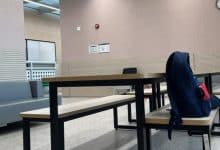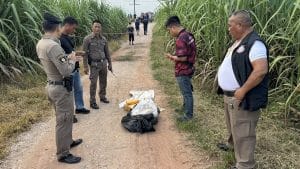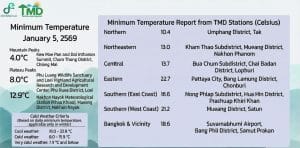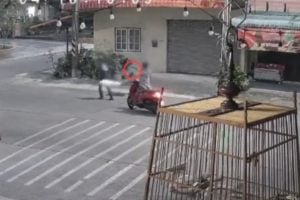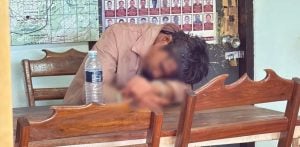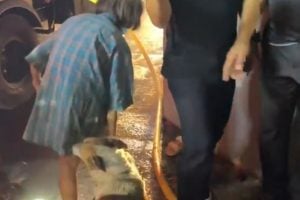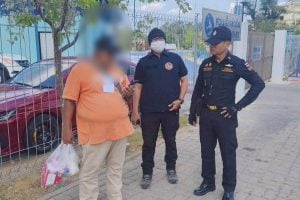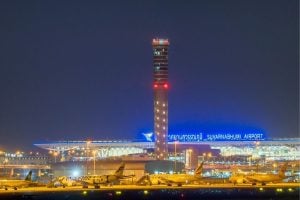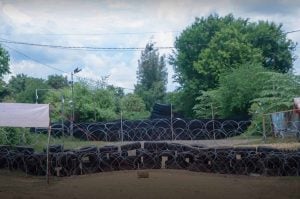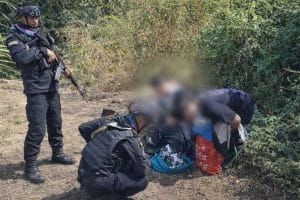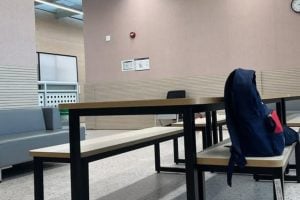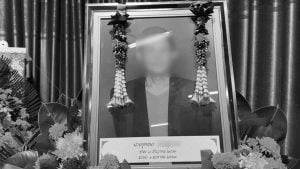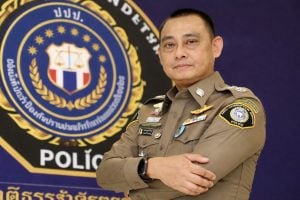UPDATE: Pushback from local associations over the Thai government’s “Phuket Model”
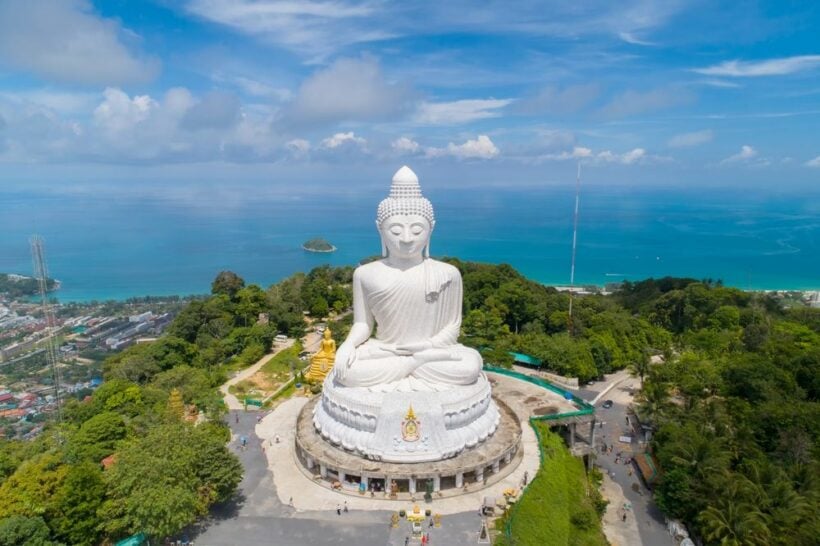
UPDATE: Amidst the “plans” and “models” being proposed by the government to re-open Thailand to some form of general tourism (nothing confirmed yet), there’s also been some pushback from operators in some of the hardest hit areas.
The government had proposed the Phuket Model as a way of kicking off tourism from early October. But the model involves a mandatory 14 day quarantine, another 7 days on the island and then tourists able to travel beyond. The limited flights, 14 day quarantine, expensive “registered” hotels and testing regime were seen to be impediments to possible success.
(New information) Under the proposal for the trial, the Thailand Longstay Company, a private company where the Tourism Authority of Thailand has a 30% stake, would provide assistance with visa applications and purchase of insurance for tourists (likely only Thai insurance companies). The tourists would be required to undergo a Covid-19 test 48 hours before their departure for Phuket and they would be tested again when they arrive.
Officials have estimated that 100,000 tourists could take advantage of the “model”. It was then extrapolated that the “Phuket Model” would be rolled out to other parts of the country, principally Koh Samui, Pattaya and 3 other destinations, also badly effected by the lack of tourists,
But the government admits it is facing a few hurdles – 1 from the healthcare providers who are concerned about ramping up their facilities to cope with the testing and possible increase in cases, and secondly from the local tourist associations who say the idea is flawed to begin with.
Tourism and Sports Minister Phiphat Ratchakitprakarn says that… “Phuket would be a pilot area where foreign tourists are allowed to travel.”
But Sarayuth Mallum, the President of the Phuket Tourist Association, says they’ve developed their own model for the reintroduction of tourism into the island. They’ve proposed the 4Ts – Target (targeted low-risk countries), Testing (screening and testing when tourists arrive), Tracing (a mobile app to track tourists in real time) and Treatment (adequate health system conduct testing and and treat possible Covid-19 patients). Notably the 4Ts plan doesn’t involve a mandatory 14 day quarantine.
But noted that reopening Phuket “did not mean just opening the airport and letting any foreign tourists in”.
“We will allow only foreigners who used to stay in Phuket and now want to come back and those keen on staying for a long time. We intend to accept only a small group, not everyone,” he said in the Bangkok Post.
He disagreed with the Tourist Minister’s “Phuket Model”, saying that Phuket must “protect and serve local people first”.
The Mayor of Patong Chalermlak Kebsap shared the general concerns and said that places like Patong have been suffering but that there was a lot of concerns about the proposed model.
“Most of the people here are not very confident in the government’s measures. We are not sure if they will be strictly implemented but we must be open. People are having a tough time. Businesses have shut doors. We do not want a lot of money; we just want to get by and be healthy.”
She also voiced the concerns of many smaller hotels and guest houses that admitted they would be unable to participate in the program, and only the bigger hotels owned by powerful families would benefit.
The local Chamber of Commerce has also voiced its concerns saying that the locals want to implement their 4T program and disagreed with the Tourism Minister’s proposal. He believed that the first group of foreigners arriving from October should be the ones with plans to stay for a long time – foreign students, medical tourists, people with families or existing businesses.
The GM of a leading hotel group confided with The Thaiger that some sort of re-opening plan was “urgent” but that the government’s plan would not work and would only benefit a few hotels whilst adding a lot of inconvenience for the rest of the island as ‘quarantined’ tourists would be allowed to roam in a 1 kilometre radius from their registered hotel.
“Who is going to track these people? What happens to all the hotel staff, residents and other tourists that also work or wander into these 1 kilometre zones? The plan hasn’t been thought through.”
Under the current government plan proposal, foreign tourists travelling to Phuket would have to obtain permission to travel to and enter Thailand from their country’s Thai embassy with all the associated paperwork, applications and waiting times. They wouldn’t be able to simply purchase a flight online and jump on a plane.
They would have to test negative 48 or 72 hours before they travel (both times have been published in the media)and have a health insurance premium valued at least US$100,000. Then they have to find a direct flight to Phuket – at this stage there are none on offer excepting a plan from Thai Airways to re-introduce 2 flights a month from 6 destinations starting late November. The national airline is still in the middle of a generational restructure and ongoing bankruptcy proceedings.
Koh Samui, also desperate for tourists to reboot its flagging economy, has its own set of problems. Businesses, from restaurants to hotels, car rental businesses to tour operators, bars, massage services and retail shops, all report an almost 99% drop in business since the start of the year. Many hotels have not only shut their doors but shut down for ever.
But the remaining operators, desperately hanging on, say they don’t want to be left behind with all the focus on the Phuket Model.
Many of the island’s operators also bemoan the ongoing monopoly of Bangkok Airways and its strangle-hold on the air traffic into Samui, saying that international carriers should be allowed easy access to fly directly into Samui, rather than via Bangkok. They also demand Bangkok Airways stop price-gouging customers and leveraging its monopoly for profit.
At some stage all the players – the CCSA, tourism operators, hospitality representatives and associations – will have to meet and finalise a plan to co-ordinate the re-opening of general tourism into Thailand. But, with a month to go before the planned kick-off of the Phuket Model, there would be critical doubts whether decisions can be made, and then implemented, in time.
Even with these plans and limited importing of tourists, the numbers will only amount to 100s of thousands and not the millions that were once vital contributors to Thailand’s economy.
Latest Thailand News
Follow The Thaiger on Google News:
